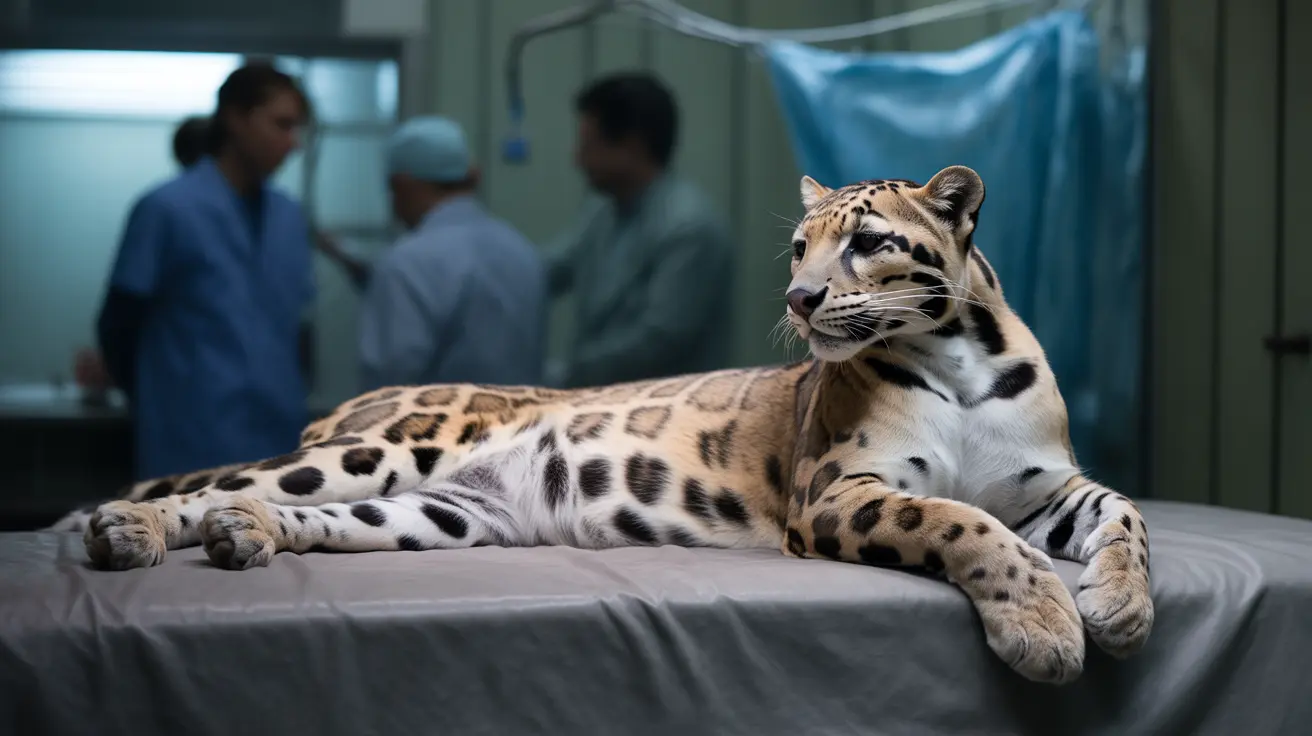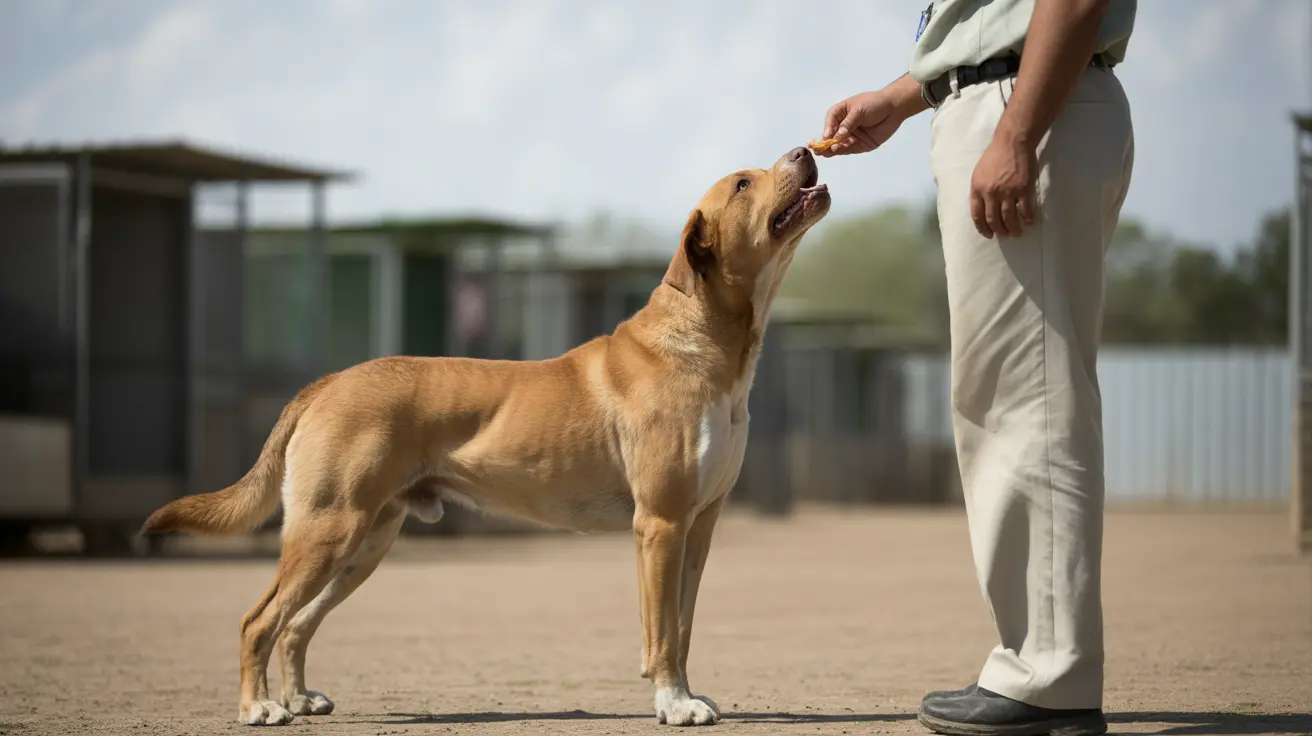The Importance of Understanding Dry Carbs in Cat Food
When it comes to feline nutrition, understanding dry carbs is crucial for maintaining your cat's health. As obligate carnivores, cats have evolved to thrive on a diet primarily consisting of animal protein, with minimal carbohydrate intake. However, many commercial cat foods, especially dry kibble, contain significantly higher levels of carbohydrates than what cats would naturally consume in the wild.
Modern pet owners need to understand how dry carbs affect their cats' health and how to make informed decisions about their pets' diets. This comprehensive guide will help you navigate the complex world of feline nutrition and make better choices for your cat's dietary needs.
What Are Dry Carbs and Why Do They Matter?
Dry carbs refer to the carbohydrate content in cat food when measured on a dry matter basis - that is, with the moisture content removed. This measurement provides a more accurate comparison between different types of cat food, especially when comparing dry kibble to wet food options.
For cats, excessive carbohydrate intake can lead to various health issues, including:
- Weight gain and obesity
- Increased risk of diabetes
- Digestive problems
- Reduced overall health and vitality
Comparing Dry and Wet Cat Food Carbohydrate Content
The difference in carbohydrate content between dry and wet cat foods is striking. Dry cat food typically contains 20-35% carbohydrates on a dry matter basis, while wet food generally contains only 2-15%. This significant variation can have important implications for your cat's health.
Key differences include:
- Dry food: Higher in carbohydrates due to processing requirements
- Wet food: Generally lower in carbohydrates, closer to a cat's natural diet
- Grain-free options: May still contain high carbohydrate levels from other sources
How to Calculate Dry Carbs in Cat Food
To determine the dry carb content in your cat's food, you'll need to use the guaranteed analysis information on the label. Here's the formula:
- Add up the percentages of:
- Protein
- Fat
- Moisture
- Fiber
- Ash (if listed)
- Subtract this total from 100
- Convert to dry matter basis by adjusting for moisture content
Making Smart Choices for Your Cat's Diet
When selecting cat food, consider these factors to manage dry carb intake:
- Choose wet food options when possible
- Look for high-protein, low-carbohydrate formulations
- Read labels carefully and calculate dry carb content
- Consider your cat's age, health status, and activity level
Frequently Asked Questions
How can I calculate the carbohydrate (dry carbs) content in my cat's dry food from the guaranteed analysis on the label?
To calculate dry carbs, add up the percentages of protein, fat, moisture, fiber, and ash listed on the label. Subtract this sum from 100 to get the carbohydrate content. To convert to dry matter basis, divide this number by (100 - moisture percentage) and multiply by 100.
Why do dry cat foods typically have higher carbohydrate levels than canned foods, and how does this affect my cat's health?
Dry cat foods require more carbohydrates for the manufacturing process and shelf stability. This higher carb content can lead to weight gain and increased diabetes risk in cats, as they're not naturally equipped to process large amounts of carbohydrates.
What are the risks of feeding my cat a high-carbohydrate dry kibble diet, especially regarding obesity and diabetes?
High-carbohydrate diets can lead to obesity, insulin resistance, and type 2 diabetes in cats. Cats lack certain enzymes needed to effectively process large amounts of carbohydrates, making them more susceptible to these health issues.
How should I choose a low-carb cat food to better meet my cat's obligate carnivore nutritional needs?
Look for foods with high protein content (40% or more), moderate fat levels, and low carbohydrate content (ideally under 10% on a dry matter basis). Wet foods typically offer better nutritional profiles for cats' natural dietary needs.
Is grain-free dry cat food always lower in carbohydrates, and what ingredients can still contribute to high dry carb levels?
No, grain-free doesn't always mean low-carb. Alternative ingredients like potatoes, peas, and tapioca can still contribute significant carbohydrates. Always check the guaranteed analysis and calculate the actual carbohydrate content.






